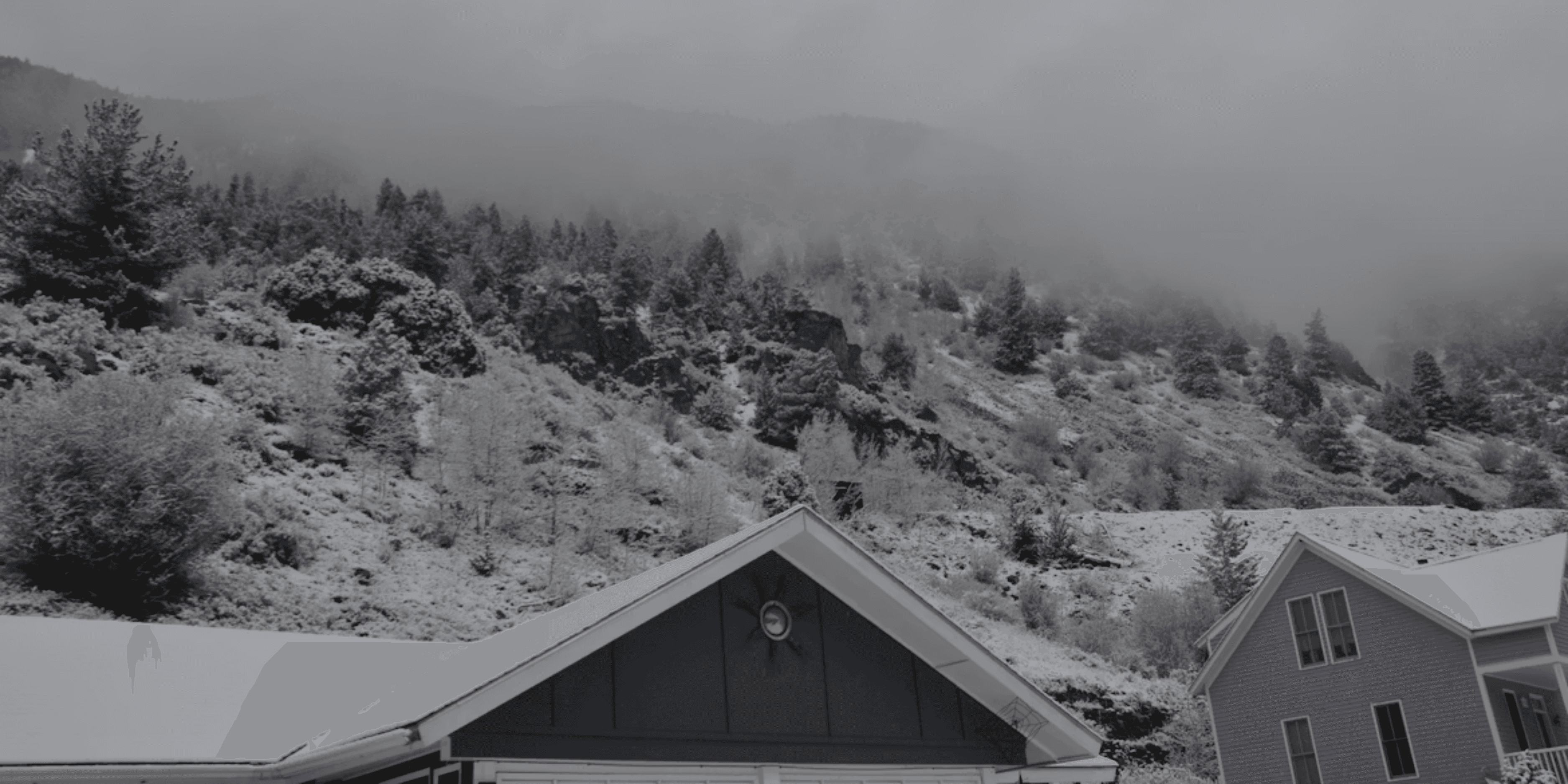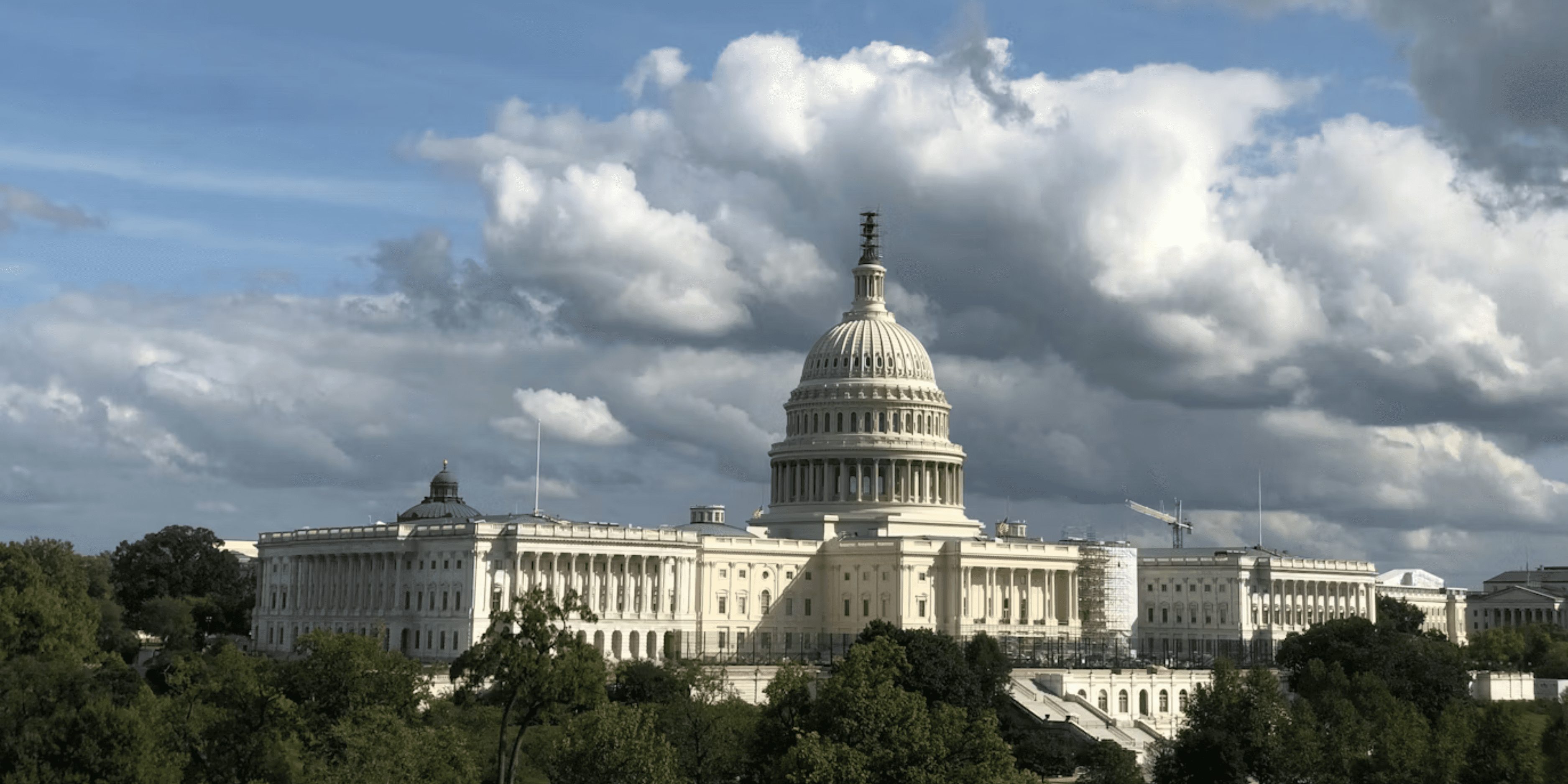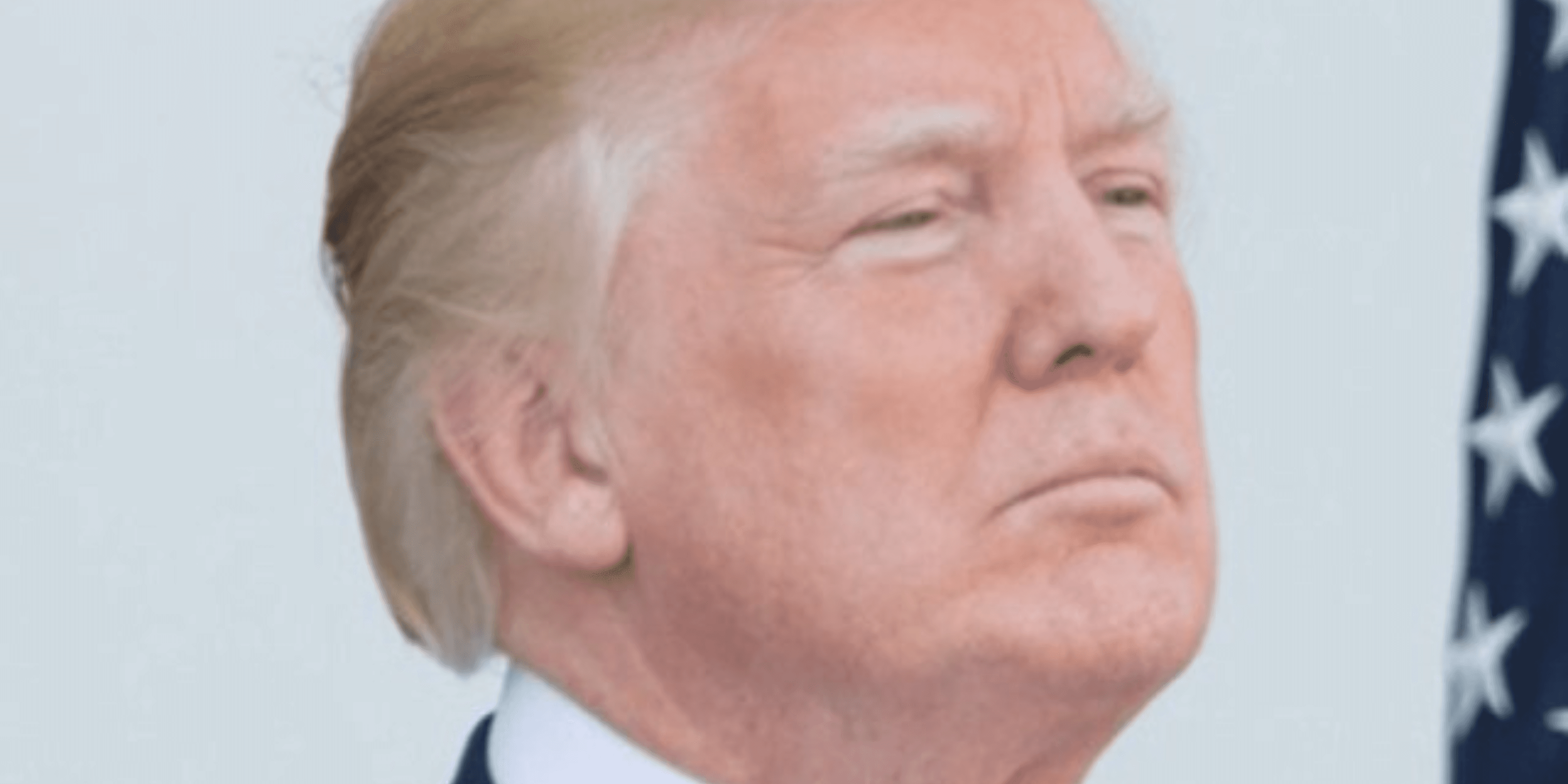newsletter
Your Daily News in Just 5 Minutes!
Featured
Featured
Congress Ends Record 43‑Day Shutdown as Markets and Policy Rift Await Fallout
The U.S. government reopened Wednesday night after a 43‑day shutdown, the longest in the country’s history. At the same time, fresh signals from Treasury markets and the federal judiciary underscored lingering challenges: economists warned the drag on growth was far from over, while the Supreme Court of the United States moved quietly on key social matters and federal programs. In short, a return to government operations did not mean a return to normal.
Nov 13, 2025
Government Shutdown Comes to an End
After six weeks of impasse, the funding standoff ended when the House of Representatives passed the bill in a 222‑209 vote and President Donald Trump signed it into law Wednesday night. The measure funds federal operations through January 2026, while carving out full‑year appropriations for agencies such as Veterans Affairs and Agriculture. Although federal workers will receive back pay and some programs restored funding, many workers and analysts questioned whether the sacrifice was justified.

Economic Ripples from the Shutdown
The shutdown did not only halt government operations but also hindered economic data flows and contracted activity. According to an analysis, the closure cost roughly $11 billion in lost output and led to flight cancellations, contractor slowdowns and food‑aid interruptions. Meanwhile, Treasury market participants, surveying future inflation and borrowing needs, expect modest movement in the 10‑year yield—precisely because key inflation data was interrupted. The dual effects of deferred spending and delayed data leaves both policymakers and markets working without full visibility.

Judicial Developments: Food Aid and Civil Rights
While funding hurdles captured headlines, the Supreme Court made two moves of note. First, it temporarily blocked the enforcement of a lower‑court order requiring the United States Department of Agriculture to make full November payments to the Supplemental Nutrition Assistance Program (SNAP) recipients—citing legal questions about whether funding authority existed during the shutdown. Second, the Court declined to revive a challenge to its 2015 ruling legalizing same‑sex marriage, allowing that precedent to stand. Both actions reflect how the judiciary is quietly managing priorities while larger political battles play out in other arenas.

Policy Crossroads: Health Credits and Regulatory Scope
Despite the deal that reopened the government, key policy items remain unresolved. Most prominent among them: an extension of the enhanced health‑coverage tax credits under the Affordable Care Act marketplaces, which were not included in the funding agreement and remain a sticking point for Democrats. Separately, the spending bill included a provision that would ban many hemp‑derived THC products—an area of growing regulatory and industry conflict. The remaining schedule for healthcare subsidies and the shift in regulatory oversight will become major arenas of contention in the weeks ahead.
Looking Ahead
With the government back in operation, attention will now turn to how swiftly agencies resume full functionality, the size and timing of upcoming Treasury issuance, and the release of delayed economic indicators. Markets will be watching for inflation signals, borrowing volumes and whether the Federal Reserve pauses or advances any potential rate cuts in the face of stalled data. Politically, the focus will shift to December’s showdown over health‑care subsidies and whether the shutdown’s defining issues have truly been resolved—or merely deferred.
Related blogs
Related blogs
Copyright 2025 USA NEWS all rights reserved
newsletter
Get daily news directly in your inbox!
Copyright 2025 USA NEWS all rights reserved
newsletter
Get daily news directly in your inbox!
Copyright 2025 USA NEWS all rights reserved
Copyright 2025 USA NEWS all rights reserved














